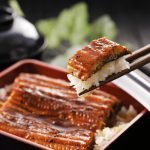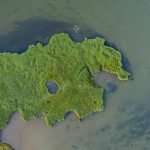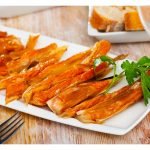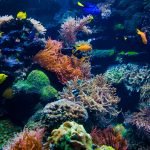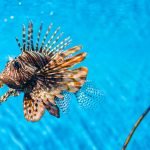Article 1: The Cultural Importance of Kabayaki and It’s Recent Decline A Japanese Delicacy On a specific summer day each year, the Japanese people ward off the notorious heat by eating unagi or eel.
Article 1: The Cultural Importance of Kabayaki and It’s Recent Decline A Japanese Delicacy On a specific summer day each year, the Japanese people ward off the notorious heat by eating unagi or eel.
